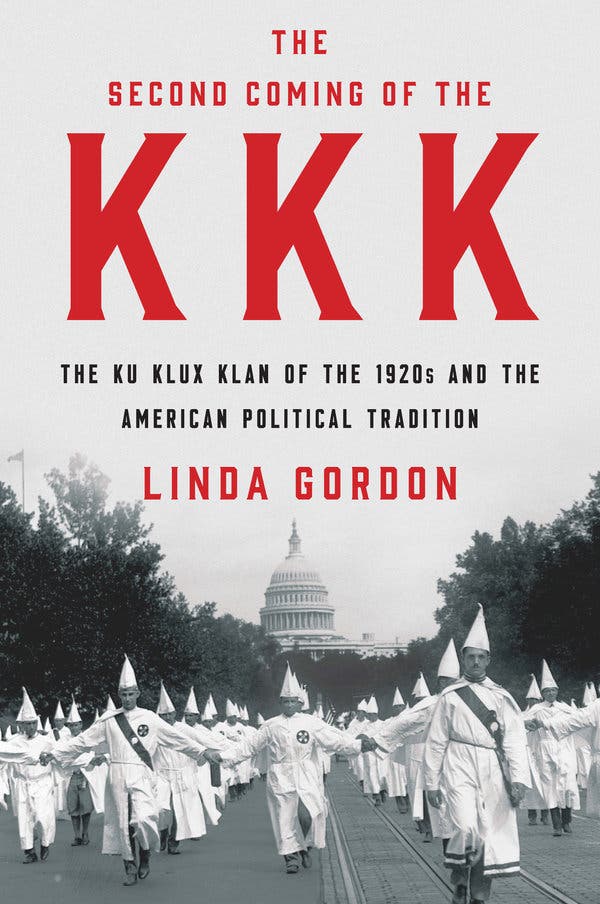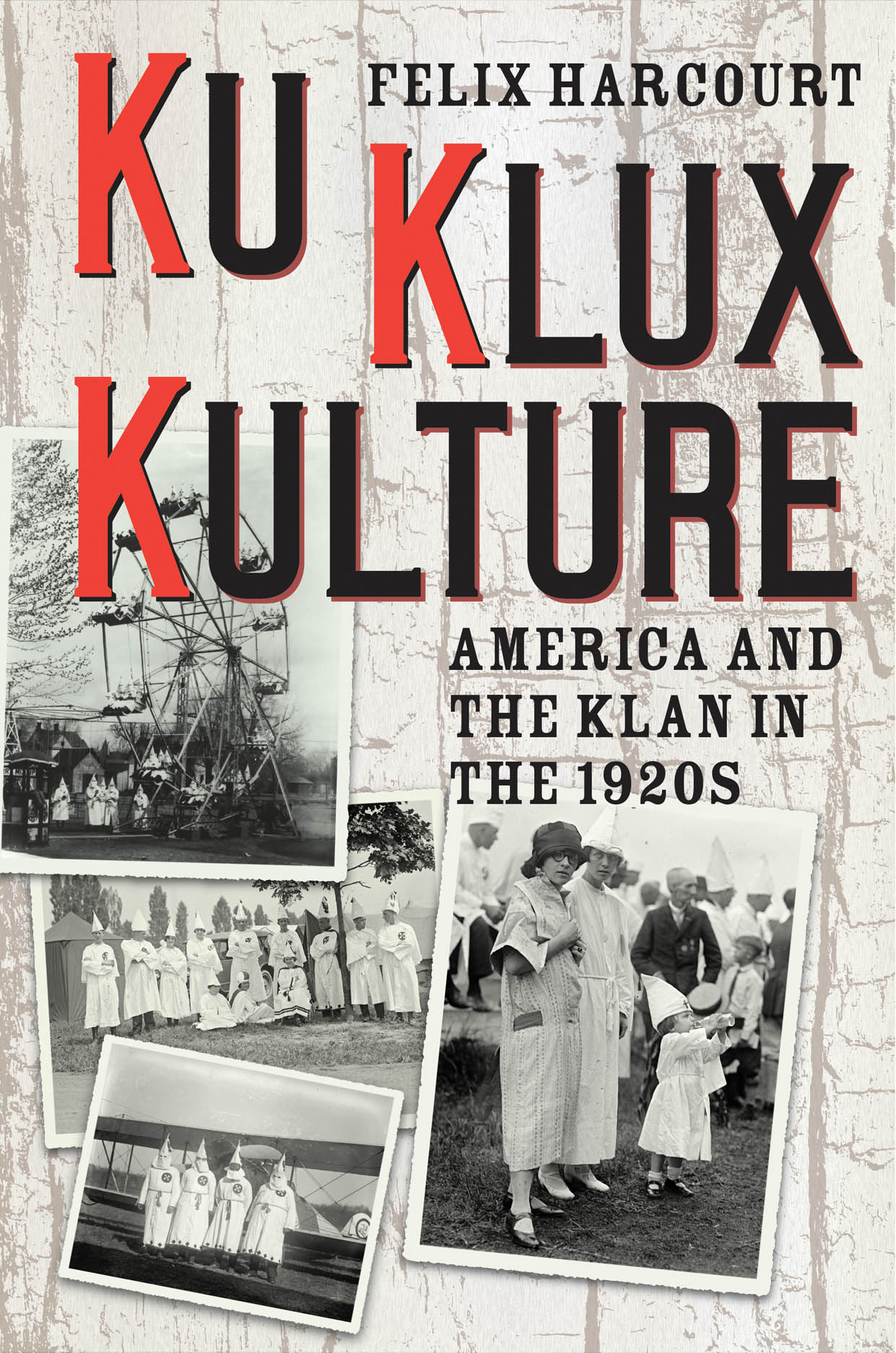The first and third incarnations of the Klan—the cross-burning lynch mobs and the vigilantes who beat up and murdered civil rights workers in the 1960s—seem beyond the pale of today’s politics, at least for the moment. But the second Klan, the Klan of the 1920s, less violent but far more widespread, is a different story, and one that offers some chilling comparisons to the present day. It embodied the same racism at its core but served it up beneath a deceptively benign façade, in all-American patriotic colors.
In other ways as well, the Klan of the 1920s strongly echoes the world of Donald Trump. This Klan was a movement, but also a profit-making business. On economic issues, it took a few mildly populist stands. It was heavily supported by evangelicals. It was deeply hostile to science and trafficked in false assertions. And it was masterfully guided by a team of public relations advisers as skillful as any political consultants today.
Two new books give us a fresh look at this second period of the Klan. Linda Gordon’s The Second Coming of the KKK is the wiser and deeper; Felix Harcourt’s Ku Klux Kulture offers some useful background information but then, reflecting its origin as a Ph.D. thesis, becomes an exhaustive survey of Klansmen’s appearances, variously as heroes or villains, in the era’s novels, movies, songs, plays, musicals, and more.
The KKK’s rebirth was spurred by D.W. Griffith’s landmark 1915 film, Birth of a Nation. The most expensive and widely seen motion picture that had yet been made, it featured rampaging mobs of newly freed slaves in the post–Civil War South colluding with rapacious northern carpetbaggers. To the rescue comes the Ku Klux Klan, whose armed and mounted heroes lynch a black villain, save the honor of southern womanhood, and prevent the ominous prospect of blacks at the ballot box. “It is like teaching history with lightning,” said an admiring President Woodrow Wilson, an ardent segregationist, who saw the film in the White House. Wilson’s comment underlines a point both Gordon and Harcourt make: the Klan of this era was no fringe group, for tens of millions of nonmembers agreed with its politics.


